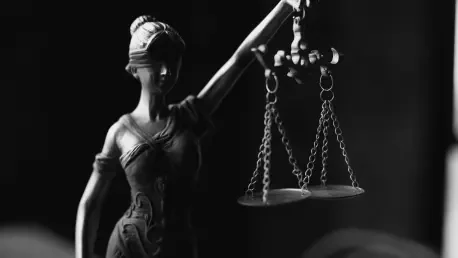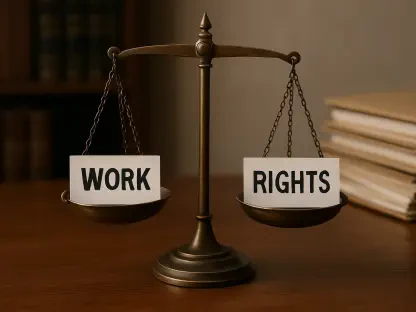The recent unanimous decision by the U.S. Supreme Court in the case of Ames v. Ohio Department of Youth Services has sparked significant dialogue surrounding the standards of discrimination claims in the United States. At the heart of the ruling was the interpretation of Title VII of the 1964 Civil Rights Act and its application to majority-group plaintiffs. This landmark case involved a heterosexual woman who alleged she faced illegal sex-based discrimination after being passed over for a promotion in favor of a lesbian woman and subsequently being replaced by a gay man. Previously, the 6th U.S. Circuit Court of Appeals had placed the burden on the plaintiff to demonstrate “background circumstances” that would prove such discrimination. However, Justice Ketanji Brown Jackson highlighted that these requirements were inconsistent with both the intentions of Title VII and Supreme Court precedent. The verdict emphasized that discrimination standards should be uniformly applied, irrespective of whether the plaintiff belongs to a majority or minority group. This outcome was largely anticipated by legal entities, who noted a consensus during oral arguments advocating the elimination of such background circumstances requirements.
Impact on Diversity, Equity, and Inclusion Programs
The Supreme Court’s decision comes at a time when debates over diversity, equity, and inclusion (DEI) programs have become increasingly prominent, particularly against a backdrop of varied political viewpoints on these initiatives. Legal analysts perceive this ruling as potentially catalytic for a rise in reverse discrimination claims from individuals within majority groups. It presents a crucial moment for businesses and organizations to critically reevaluate their DEI strategies and ensure they maintain an equitable balance in opportunities provided to both majority and minority group members. Notably, this ruling underscores the importance of equitable managerial training, focusing on avoiding any form of bias that may inadvertently favor certain demographic groups over others. Organizations are thus encouraged to present balanced hypothetical scenarios in training, emphasizing equal treatment and representation under the law. As the scope of DEI programs continues to evolve, companies are prompted to ensure that their policies and practices are firmly grounded in impartiality.
In light of this Supreme Court ruling, enterprises have an opportunity—and indeed a necessity—to scrutinize the equity of their practices, especially how DEI programs are implemented and perceived. The verdict suggests that businesses should double down on understanding the nuances of discrimination claims, particularly those that involve majority-group individuals, to prevent potential pitfalls. Emphasizing education and training, especially in understanding the legal frameworks, can aid organizations in identifying and mitigating biases. Enterprises are advised to incorporate rigorous checks and balances within their DEI initiatives, ensuring that all groups, regardless of majority or minority status, are treated equitably. Moreover, the ruling may have broader implications, encouraging a culture of inclusiveness and authenticity. Companies should therefore stay informed about legal developments, striving to create an environment that genuinely supports and values diversity across all spectrums.
Legal Standards Clarification and Organizational Practices
The recent unanimous ruling by the U.S. Supreme Court in Ames v. Ohio Department of Youth Services has ignited meaningful discussions on discrimination claim standards in the U.S. Central to the case was how Title VII of the 1964 Civil Rights Act applies to plaintiffs from majority groups. The case featured a heterosexual woman who claimed she was unlawfully discriminated against for a promotion, which went to a lesbian woman, and later replaced by a gay man. The 6th U.S. Circuit Court had previously required the plaintiff to show “background circumstances” to prove such discrimination. However, Justice Ketanji Brown Jackson emphasized these additional requirements conflicted with the intentions of Title VII and existing Supreme Court rulings. The decision reinforced that discrimination standards should be consistently applied, regardless of whether the plaintiff is from a majority or minority group. This ruling was not unexpected by legal scholars, as oral arguments revealed a consensus to remove the “background circumstances” requirement.









